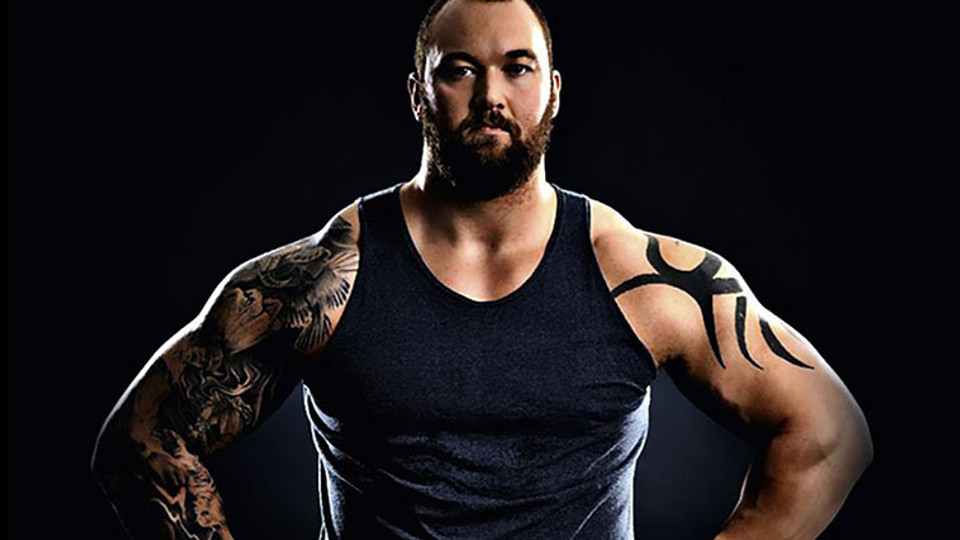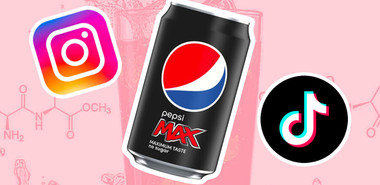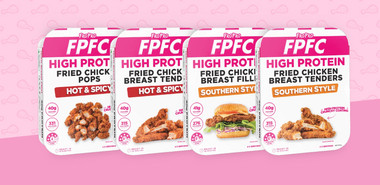
At six foot nine, Thor Bjornsson weighs over four hundred pounds. He won the 2018 World’s Strongest Man and defined imposing, bulky physical power on HBO’s Game of Thrones as ‘The Mountain.’
However, he has managed to achieve all of this whilst staying unusually lean for a strongman. Though he eats well over 8,000 calories per day (4x the usual recommended daily intake for most mere mortals), he has a well-defined six pack. There is no sign of the usual protuberant gut for which heavy lifters are known.
How does he do it?
He manages this by working closely with veteran powerlifter, bodybuilder and now nutrition guru Stan ‘The Rhino’ Efferding.
Efferding’s so-called ‘vertical diet’ has taken the lifting world by storm. The Mountain follows it. Brian Shaw follows it. Both have credited it with a great deal of their recent success; both have credited it with their good health and relative low body fat percentages.
How can you follow it? How do you meal prep on the vertical diet?
Let me explain.
The vertical diet
Stan Efferding developed the vertical diet to improve performance and health in bodybuilders, powerlifters, and strongmen. It has practical application for pretty much any physical discipline going.
What makes it ‘vertical’?
Traditional diets- what Efferding calls ‘horizontal diets’- make use of variety. Dietary input comes from a range of food groups.
On the other hand:
- The vertical diet makes us of a limited number of high-quality, nutrient-rich foods that your body can more easily digest, absorb and utilise.
- This improves muscle growth, recovery and gut health without your body hitting any insulin spikes or turning excess, unused calories into fat reserves.
- The vertical diet also includes lots of carbohydrates- mostly in the form of gut-friendly white rice. According to Efferding, your body’s use for protein and fat is finite. Extra power and athletic performance comes from carbs.
- The vertical diet gradually increases this carb intake over time, funnelling them into your muscles for use in improving strength and performance in the gym. This is the vertical part, as extra carbs are essentially funnelled upwards.
How to use the vertical diet
There are several parts to getting the vertical diet right. These include:
Eating the correct foods
The main foods you want to be taking in on the vertical diet are:
- Red meat, especially good quality meats like grass-fed steak, venison and bison
- White rice
- Nutrient-rich, low FODMAP foods like salmon, eggs, yogurt and spinach
- Plenty of sodium
Avoiding troublesome foods
The main things you want to avoid are high FODMAP carbs and vegetables. For instance:
- Brown rice
- Beans
- Legumes
- Broccoli, cauliflower, onion and garlic
Working out your needs
You will want to calculate your basal metabolic rate, using a good quality BMR calculator. Then add or deduct calories according to your goals.
Mostly, you will want a surplus.
The vertical diet is perfect for hypertrophy and strength gains, which need caloric surpluses in excess of 500/day. Start on this.
Then ramp up the amount you eat. Your body will gradually become better and better accustomed to the extra calories and you will find yourself growing hungry between meals. When this happens, increase portion size and/or frequency.
It’s that simple.
This is how Stan Efferding and Thor Bjornsson have managed their recent successes. Every calorie that Bjornsson takes in goes to fuelling his lifts and repairing and rebuilding his muscle. Nothing is wasted, nothing leads to gastric distress. It is simple and efficient.
If you want to prep your meals to look like Bjornsson’s diet, just follow the simple rules I’ve laid out today. You’ll have more energy, greater strength, and more efficient hypertrophy rates than ever.




